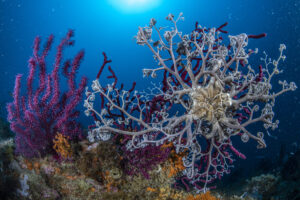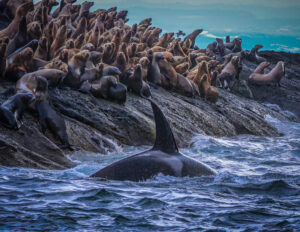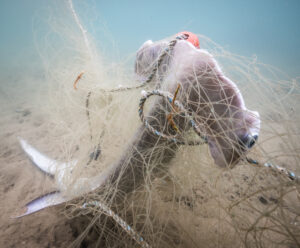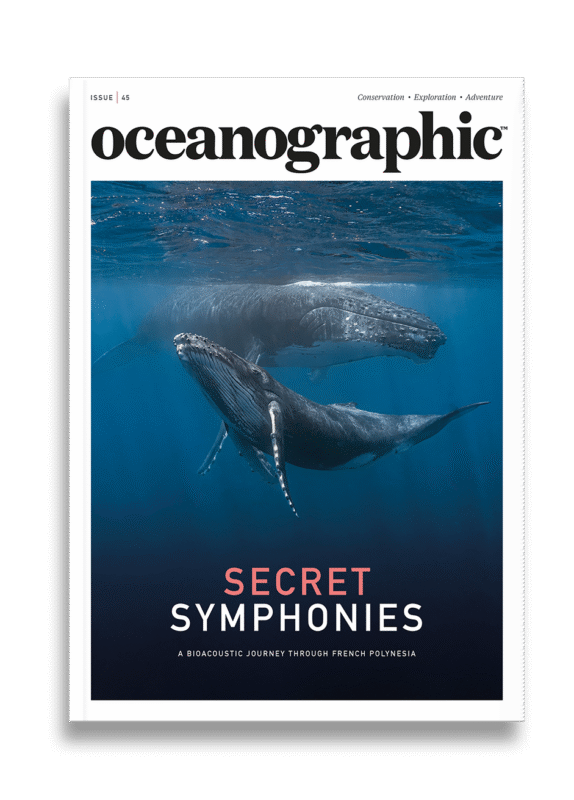Mantas on the brink: Global fisheries driving rays toward extinction
A new global study led by the Manta Trust has delivered the first comprehensive estimate of manta and devil ray mortality worldwide - revealing an alarming 265,000 mobulids killed every year.
A new global study led by the Manta Trust has delivered the first comprehensive estimate of manta and devil ray mortality worldwide – revealing an alarming 265,000 mobulids killed every year.
Published today, Global manta and devil ray population declines: closing policy and management gaps to reduce fisheries mortality paints a sobering picture of widespread, unsustainable exploitation.
Drawing on fisheries records, global databases, and expert input, the study finds that small-scale coastal fisheries (<15 m vessels) account for 87% of mobulid deaths, with mortality concentrated in India, Indonesia, Sri Lanka, Peru, and Myanmar. Most rays die in non-selective drift gillnets, retained primarily for the lucrative gill plate trade and, to a lesser extent, for meat.
“This comprehensive picture of mobulid mortality shows how severe fisheries threats are and provides the context needed to prioritise conservation action,” said Betty Laglbauer, lead author of the study. “We now have a data-driven understanding of global catch and population declines – which underscores the urgency of stronger protections and effective management.”
Despite nearly a decade of international protection under CITES Appendix II, CMS Appendices I and II, and national measures in more than 40 countries, enforcement remains patchy. The result: continued overexploitation pushing these iconic species closer to extinction.
Key findings of the study include:
-
264,520 mobulids are caught each year (95% CI: 184,407–344,987).
-
Small-scale fisheries cause 87% of global mortality.
-
Five nations — India, Indonesia, Sri Lanka, Myanmar, and Peru — account for 85% of global catch.
-
The Indian Ocean is the epicentre of mortality, responsible for 74% of deaths.
-
Drift gillnets dominate small-scale catches; purse seines drive large-scale mortality.
-
Population declines of up to 99% have been recorded in some regions.

“Mobulids are among the most charismatic and biologically vulnerable marine animals,” said Dr Guy Stevens, Chief Executive and Co-Founder of the Manta Trust. “This study provides the strongest evidence yet that overfishing, particularly by small-scale coastal fleets, is pushing these species toward collapse. The solutions are clear – what’s needed now is the political will to implement them.”
The findings land just weeks before the 20th Conference of the Parties to CITES (CoP20) on 24 November, where governments will decide whether to uplist all mobulid species to CITES Appendix I – a move that would ban all international commercial trade in their products. The urgency is underscored by the IUCN Red List’s recent uplisting of three oceanic devil rays to Critically Endangered, one step from extinction in the wild.
The study therefore calls for a coordinated, science-based response to curb mobulid mortality. Recommendations include: Uplisting all mobulids to CITES Appendix I to close loopholes in international trade; national-level protection in high-risk nations, including retention bans and live-release practices; restrictions on fishing in aggregation and nursery areas; phasing out drift gillnets and other high-risk gear; and community engagement and livelihood alternatives to support fishers in transitioning toward sustainable practices.
“Many of these animals are dying as retained bycatch from non-selective fisheries,” said Nidhi D’Costa, Manta Trust researcher and co-author. “Reducing mortality means both protecting species domestically and curbing the demand that fuels international trade.”
The Manta Trust and its partners are urging world leaders to act decisively to halt the decline of these vulnerable rays. Individuals can add their voice by supporting the #SaveTheMantas campaign and signing the Only One petition – a call for immediate global action to protect manta and devil rays from extinction.


"*" indicates required fields
Printed editions
Current issue
Back issues

Back Issues
Issue 43 Sir David Attenborough’s ‘Ocean’

Back Issues
Issue 41 Holdfast to the canopy
Enjoy so much more from Oceanographic Magazine by becoming a subscriber.
A range of subscription options are available.








